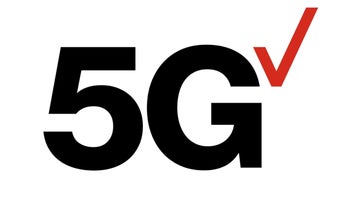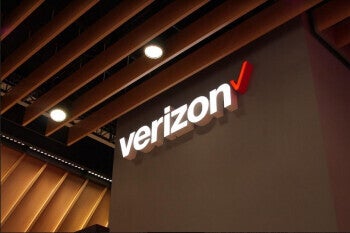Verizon is bringing its zippy 5G Ultra Wideband service to more cities

Low-band 5G can travel over long distances, and penetrate buildings and other structures. But the downside is that low-band spectrum doesn't deliver the fastest 5G download speeds. Mid-band 5G doesn't travel as far as low-band but it does provide faster download data speeds than low-band. And high-band (mmWave) 5G airwaves are quite limited in the distance it travels, are easily blocked by structures, and offer the fastest 5G download data speeds.
This explains why it is hard to find a 5G signal that delivers zippy fast download speeds. Verizon decided to focus on mmWave when it started building its 5G network. The nation's largest carrier today announced that it will soon be flicking the switch to turn on 5G Ultra Wideband service in parts of Jacksonville, FL; El Paso, TX; Dayton, OH; Scranton, PA; and Tacoma, WA. Including these cities, Verizon will have its 5G Ultra Wideband available in parts of 87 cities.

Verizon adds 5G Ultra Wideband to five more cities
Kyle Malady, Verizon's Chief Technology Officer said, "Our mmWave build is a critical differentiator, and we remain focused on our rapid expansion of 5G Ultra Wideband using mmWave spectrum even as our teams prepare to offer 5G Ultra Wideband service to millions of customers using our C-band spectrum license. We will continue to expand our mmWave footprint to deliver game changing experiences for the densest parts of our network."
Verizon spent over $45 billion earlier this year to obtain licenses to use C-band spectrum in the 3.7GHz-3.98GHz range. The combination of Dynamic Spectrum Sharing (DSS), which allows Verizon to deliver low-band 5G and 4G LTE over the same frequencies, the airwaves on the C-band, and its Ultra Wideband service will allow the carrier to touch all of the 5G bases.










Things that are NOT allowed: